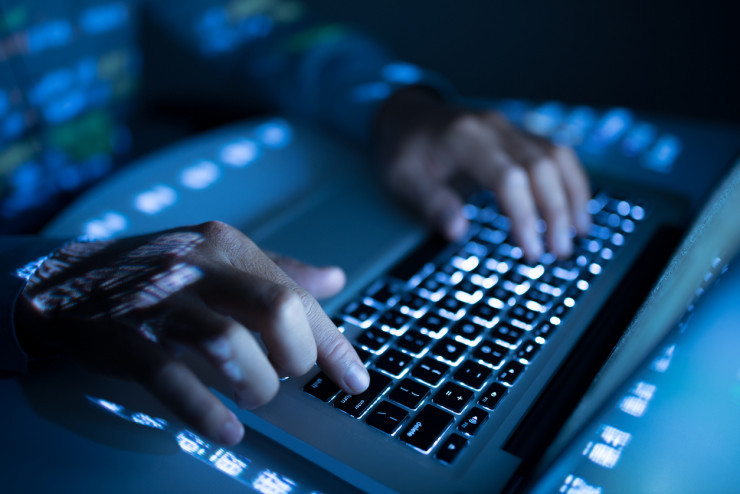
Using forensic multimedia examination tools involves a systematic process to analyze and interpret digital multimedia evidence, such as images, videos, and audio recordings, for investigative and legal purposes. Here’s a step-by-step guide on how to use these tools effectively:
1. Obtain Digital Evidence
- Secure Collection: Ensure that digital multimedia evidence is collected and preserved in a secure manner to maintain chain of custody and integrity.
- Document Metadata: Record relevant metadata associated with the digital evidence, including file properties, timestamps, and source information.
2. Choose Forensic Multimedia Examination Tools
- Research Tools: Identify and select appropriate forensic multimedia examination tools based on the type of evidence, file formats, and analysis requirements.
- Consider Features: Look for tools that offer features such as image enhancement, video stabilization, audio analysis, metadata extraction, and format conversion.
3. Prepare and Organize Evidence
- Organize Files: Organize digital multimedia evidence into logical folders or directories to facilitate efficient analysis and workflow management.
- Verify Integrity: Verify the integrity of digital evidence by calculating and comparing hash values before and after processing.
4. Perform Initial Analysis
- File Identification: Use forensic tools to identify file types, codecs, and compression methods used in digital multimedia evidence.
- Preliminary Examination: Conduct a preliminary examination to assess the quality, authenticity, and relevance of the evidence.
5. Image Analysis
- Image Enhancement: Use tools to enhance image quality by adjusting brightness, contrast, sharpness, and color balance.
- Object Recognition: Employ object recognition algorithms to identify and extract objects or patterns of interest within images.
- Metadata Extraction: Extract metadata embedded in images, such as camera make and model, GPS coordinates, and timestamps.
6. Video Analysis
- Video Playback: Play and review video footage using forensic video players to identify key events, timestamps, and potential anomalies.
- Frame-by-Frame Analysis: Analyze video frames individually to identify details, anomalies, or subtle changes.
- Stabilization and Enhancement: Use tools to stabilize shaky footage and enhance video quality for clearer visualization.
7. Audio Analysis
- Audio Enhancement: Employ audio enhancement techniques to reduce noise, improve clarity, and enhance speech intelligibility.
- Voice Identification: Use voice recognition and speaker identification tools to analyze and identify voices within audio recordings.
- Transcription: Transcribe audio recordings into text format to facilitate analysis and interpretation.
8. Forensic Reporting
- Document Findings: Document analysis findings, observations, and interpretations in a clear and concise manner.
- Create Reports: Generate forensic reports that include detailed descriptions of the evidence, analysis methodologies, results, and conclusions.
- Maintain Documentation: Maintain accurate records of the analysis process, tools used, and any modifications made to digital evidence.
9. Peer Review and Validation
- Peer Review: Seek peer review and feedback from fellow forensic examiners or subject matter experts to validate analysis findings and interpretations.
- Quality Assurance: Ensure that forensic examinations adhere to established standards, protocols, and best practices to maintain quality and reliability.
10. Legal Presentation
- Expert Testimony: Prepare to present forensic analysis findings as expert testimony in legal proceedings, if required.
- Educate Stakeholders: Educate legal professionals, law enforcement officers, and other stakeholders on the significance and relevance of forensic multimedia evidence.
By following these steps and leveraging forensic multimedia examination tools effectively, forensic examiners can conduct thorough and objective analysis of digital multimedia evidence to support investigative efforts and legal proceedings.

Leave a Reply